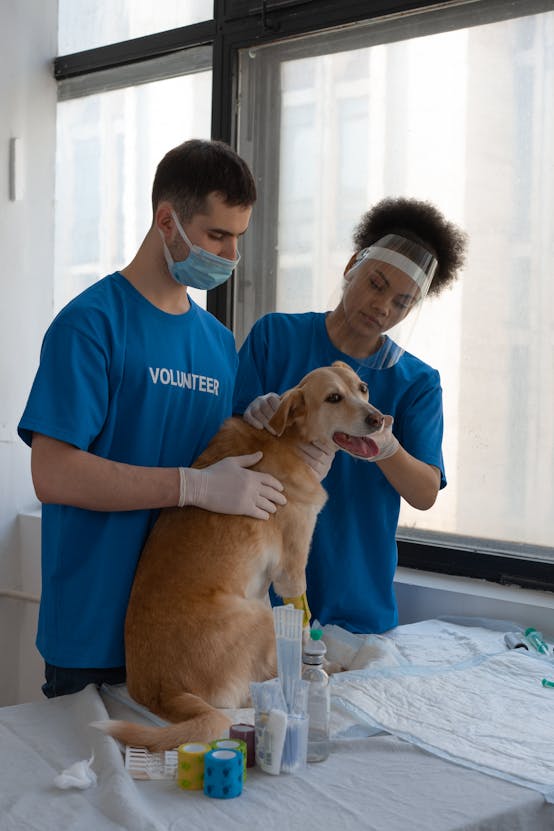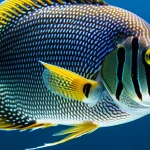Immediate Steps for Ensuring Exotic Pet Safety at Home
Creating a safe exotic pet habitat begins well before your new companion arrives. Prioritize an essential safety checklist: secure electrical cords, remove toxic plants, and verify that all cages or terrariums are escape-proof. Escapes not only endanger your pet but can also lead to household accidents.
Next, focus on home preparation for exotic pets by crafting an environment free of hazards. Ensure heating elements are shielded, and water dishes are stable to prevent spills. Use non-toxic substrates and double-check for sharp edges or small openings where your pet might get trapped.
Also to read : How do you identify health issues in exotic fish in the UK?
When your exotic pet arrives, immediate pet safety means reducing stress through controlled acclimatisation. Limit loud noises, maintain consistent lighting, and avoid sudden movements in their vicinity. A calm, quiet space encourages quick adjustment, fostering trust and well-being.
These immediate pet safety steps form the foundation of care that supports your exotic pet’s health and happiness. For practical guidance tailored to your pet’s specific needs, exploring trusted resources can be invaluable.
Also to discover : What Are the Most Unusual Pets That Can Live in the UK?
Selecting Appropriate Enclosures and Containment Solutions
When selecting pet enclosures for exotic animals, the foremost criterion is ensuring the habitat matches the species’ natural requirements. Size, ventilation, temperature control, and substrate type must align with the animal’s biology and behavior to promote health and well-being. For example, arboreal reptiles require vertical space and climbing structures, while burrowing species need deep substrates.
Secure containment is critical to prevent escapes and ensure safety for both the pet and household members. Robust doors and locks designed specifically for exotic pets reduce risks of accidental openings. Use tamper-proof latches, particularly for animals known for dexterity or strength. Clear barriers made from shatter-resistant materials provide visibility while maintaining security.
Integrating enclosures seamlessly into your living space involves considering aesthetics and functionality. Position habitats away from direct sunlight or drafty areas to maintain temperature stability. Incorporate natural elements like plants or textured backgrounds to enhance the animal’s environment and appeal. Opt for modular enclosures if flexibility and future expansion are anticipated.
By focusing on species-appropriate enclosures, secure containment, and thoughtful habitat setup, you create a safe, healthy, and visually pleasing environment that benefits both exotic animals and their owners.
Managing Temperature and Humidity Requirements
Maintaining precise temperature control and humidity regulation is vital for the health of exotic pets. Each species has unique climate needs that must be met consistently to mimic their natural environments. For example, reptiles often require warm basking spots combined with cooler zones, while amphibians depend on higher humidity levels to thrive. Understanding these species-specific climate needs is the foundation of effective habitat management.
To achieve environmental stability for exotic pets, using reliable tools and technologies is essential. Digital thermostats and humidifiers equipped with adjustable settings allow caretakers to fine-tune conditions accurately. Incorporating automatic misting systems or heat mats provides consistent support, reducing risk of dramatic fluctuations that can stress animals.
Monitoring systems with alerts help caretakers maintain stable conditions by providing real-time data on temperature and humidity. These systems often include backup power options or emergency protocols to protect pets during power outages or equipment failure. Establishing emergency strategies ensures a safety net when environmental control systems falter, safeguarding the wellbeing of exotic pets in various scenarios.
Addressing Special Habitat Needs by Species
Creating the right environment for your pet hinges on understanding pet-specific habitat requirements. Each species thrives in conditions mimicking their natural habitat, so tailoring care is vital.
Reptile Habitat Essentials
Reptiles require carefully controlled environments, including precise temperature gradients, humidity levels, and lighting. For example, many lizards need UVB lights to synthesize vitamin D3, essential for calcium absorption. Enclosures should offer hiding spots and substrate suitable for burrowing or climbing to reduce stress and promote natural behaviors. Access to clean water and a diet matching wild intake also supports health.
Bird-Safe Living Spaces
Birds need spacious cages free from hazards like toxic plants or fumes. Proper ventilation, perches of varying diameters, and mental stimulation through toys are crucial for their wellbeing. Maintaining cleanliness prevents respiratory issues common in birds. Additionally, providing a quiet, dim area for rest helps mimic natural sleep cycles.
Small Mammal Comfort and Security
Small mammals, such as rabbits and hamsters, benefit from secure, spacious habitats with nesting areas that simulate burrows. Proper bedding materials, constant access to fresh water, and escape-proof enclosures ensure safety and comfort. Regular cleaning and enrichment prevent boredom and behavioral problems.
By focusing on these species-specific needs, owners can confidently ensure health and happiness for their diverse pets.
Enrichment, Stimulation, and Welfare Enhancements
Keeping exotic pets happy involves more than basic care—it demands exotic pet enrichment to meet their mental and physical needs. Providing safe toys, perches, climbing structures, and hiding spots is essential for their welfare essentials. These elements encourage natural behaviors, giving pets opportunities to explore and stay active.
Rotating enrichment activities prevents boredom and promotes ongoing mental stimulation. For example, swapping out toys weekly or introducing new textures and puzzles keeps the environment engaging. This variation replicates the diversity animals would experience in the wild, supporting cognitive health.
Recognising signs of contentment and well-being is key to assessing enrichment effectiveness. Look for relaxed posture, willingness to explore, and normal grooming habits. Conversely, repetitive behaviors or disinterest may indicate boredom or stress, signaling a need to adjust the enrichment strategy.
By integrating diverse and dynamic enrichment tools tailored to your pet’s species, you support their holistic welfare. This thoughtful approach to exotic pet enrichment enhances quality of life and fosters a positive, stimulating environment essential for long-term well-being.
Household Safety, Hazards, and Emergency Preparedness
When pet-proofing home for exotic pets, identifying common household dangers is crucial. Items like electrical cords, toxic plants, and small ingestible objects pose serious risks. Exotic pets may chew cords or ingest harmful substances, so keeping these hazards out of reach is essential. For example, covering outlets and securing loose wires reduces injury chances.
Fire prevention strategies should include placing smoke detectors near pet areas and never leaving heat sources unattended. Exotic pets are particularly vulnerable to burns and smoke inhalation. In escape prevention, ensure enclosures are secure, with locks or barriers that prevent pets from slipping out during daily activities.
Crafting emergency plans tailored to exotic pets involves outlining specific steps for fire, flooding, or power outage scenarios. Practising these plans regularly with all household members ensures quick, calm responses. Preparation can mean having carriers ready and identifying safe locations quickly. Planning for veterinary contacts and first aid supplies specific to exotic pets can save precious time during emergencies.
By focusing on these proactive measures, pet-proofing home becomes not just about convenience but about protecting the unique needs of exotic animals.
Legal, Ethical, and Animal Welfare Considerations
Understanding exotic pet regulations is essential for responsible pet ownership. Local and national laws often differ, so confirming the specific legal ownership requirements in your area helps avoid penalties. Some jurisdictions restrict or prohibit owning certain exotic species to protect native wildlife and prevent ecological damage.
Ethical sourcing is another key. Acquiring exotic pets from reputable breeders or rescues ensures compliance with welfare standards and discourages illegal wildlife trade. Responsible ownership means providing an environment that meets the animal’s physical and psychological needs, which goes beyond simply satisfying legal obligations.
Welfare compliance includes regular health checks and proper nutrition, so consulting with experienced veterinarians familiar with exotic animals is crucial. They can advise on specific care requirements and early detection of health issues. Authorities such as wildlife agencies or animal welfare organizations also offer guidance to ensure your exotic pet’s wellbeing.
By combining knowledge of exotic pet regulations, ethical sourcing, and ongoing care through expert consultation, owners can uphold high standards that honor both legal and moral responsibilities related to exotic pet ownership.



